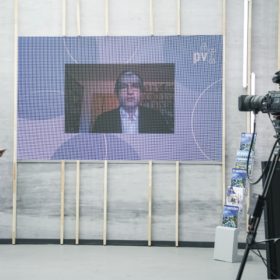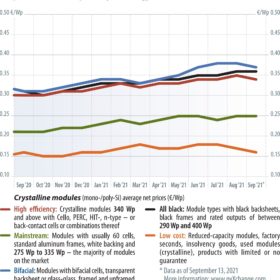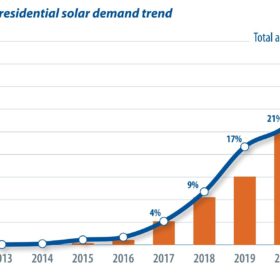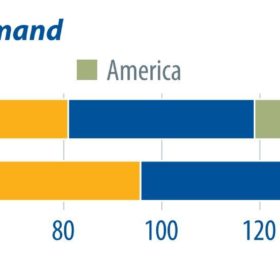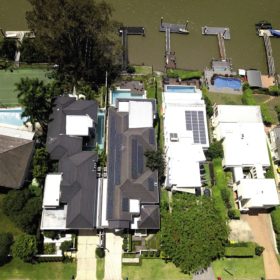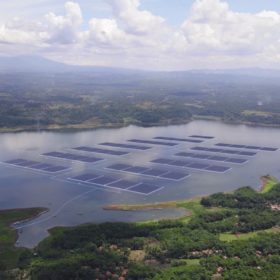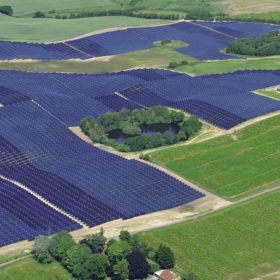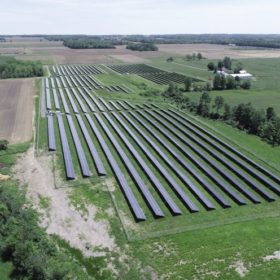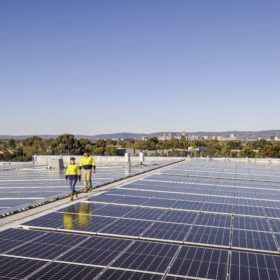Solar steps on the gas
Acceleration is the name of the game as the solar industry moves into the year’s final quarter. Global action on climate change is picking up as world leaders prepare to meet in Glasgow early next month for the COP26 negotiations. Reflecting this momentum, BloombergNEF now expects 191 GW of PV to be installed in 2021 – now the mid-scenario of the research company’s solar forecast.
Is there an alternative to ‘made in China’?
PV module prices are at a level we have not seen since last fall – a fact that is mainly down to very high transport costs for container shipments. This is an insight that was shared in this column last month. This month, we discuss whether and how bolstering local value creation through European cell and module production could lead to an end of dependence on Asia and break the upward cost spiral. But first, let’s have a look at the current price trends.
The evolution of residential PV in China
China is the largest residential PV market in the world, and this trend is only expected to strengthen in the next few years. By July 2021, China’s cumulative installed residential PV capacity had reached more than 30 GW, with a total of 1.864 million residential units hosting solar PV systems. IHS Markit’s Holly Hu looks behind these impressive numbers.
Supply, demand, and a foreign policy shakeup
As the solar market enters the busy season in September and October, module utilization rates are reaching 70% to 85%. However, structural shortages remain in the supply chain, with polysilicon supply running short in the face of high demand, writes PV InfoLink analyst Amy Fang. Prices, which were expected to stabilize, rose again in the second half. High module prices will cast a shadow on demand in the fourth quarter, prompting module manufacturers to postpone delivery for some orders from the second half into next year.
More sun for everyone
It turns out that you can have too much of a good thing, says Mark Byrne of Australia’s Total Environment Centre. Or rather, it’s possible that there is too much rooftop PV at some times in some places. As a result, a range of critical reforms – including the introduction of export tariffs to pay for upgrades of the electricity distribution network – are necessary to allow for the uninhibited growth of solar in the future, he argues.
Reshaping the climate conversation
Inventor, serial entrepreneur, energy analyst and scientist Saul Griffith is set to add the title of “author” to his collection with the October publication of his new book, “Electrify: An Optimist’s Playbook for Our Clean Energy Future.” Griffith – the CEO of Otherlab and the founder of Rewiring America and Rewiring Australia – says that the discussion of rapid decarbonization can be reimagined by thinking about the electric “machines” that can be installed in our homes.
Indonesia’s largest floating PV project – under the surface
The 145 MW Cirata floating PV project achieved financial close in August. The developers claim that the array, which covers 200 hectares of the water’s surface, is an example of transferring new technology that will pave the way for Indonesia’s solar industry and enable the setting of new policies.
Under one roof
pv magazine looks at the progress being made to green the world’s cities, as part of the UP Initiative’s fourth-quarter focus on urban solar. The following article focuses on Europe’s solar plans and current achievements, specifically in heating and cooling, rooftop solar, and building-integrated PV.
Independent action
The city of Ithaca, New York – located 180 miles from Manhattan – has adopted a Green New Deal, in line with its aims to offset all carbon emissions by 2030. It is implementing private equity programs and net-zero building mandates to get there. Ryan Kennedy reports as part of the UP Initiative’s fourth-quarter focus on urban solar.
Powerful equation to expand C&I
Big rooftop PV systems on factories, warehouses and public buildings need not be limited by ownership issues nor local grid capacity, claims Australian innovator EleXsys Energy. The company is maxing out an Ikea in Adelaide, Australia, with solar and storage. And it claims its smart technology can allow the same to be done elsewhere.
